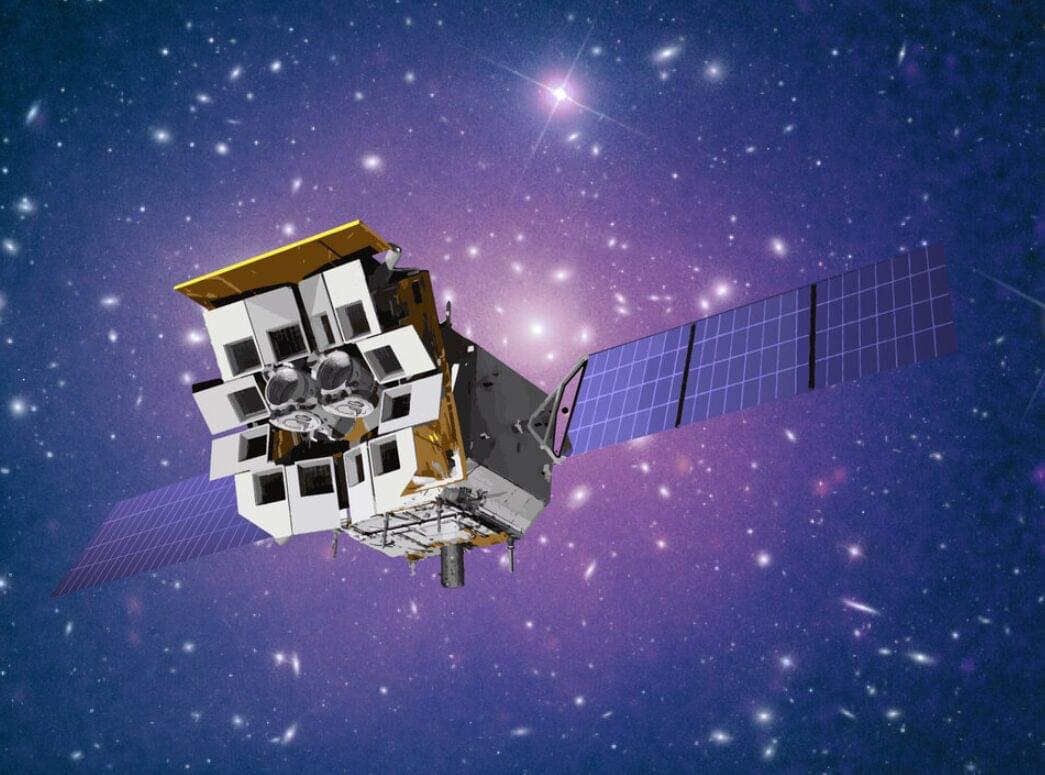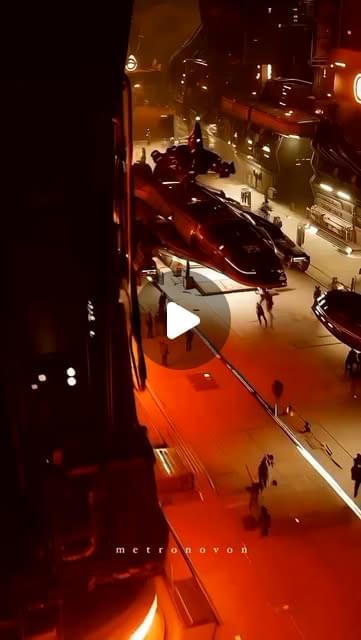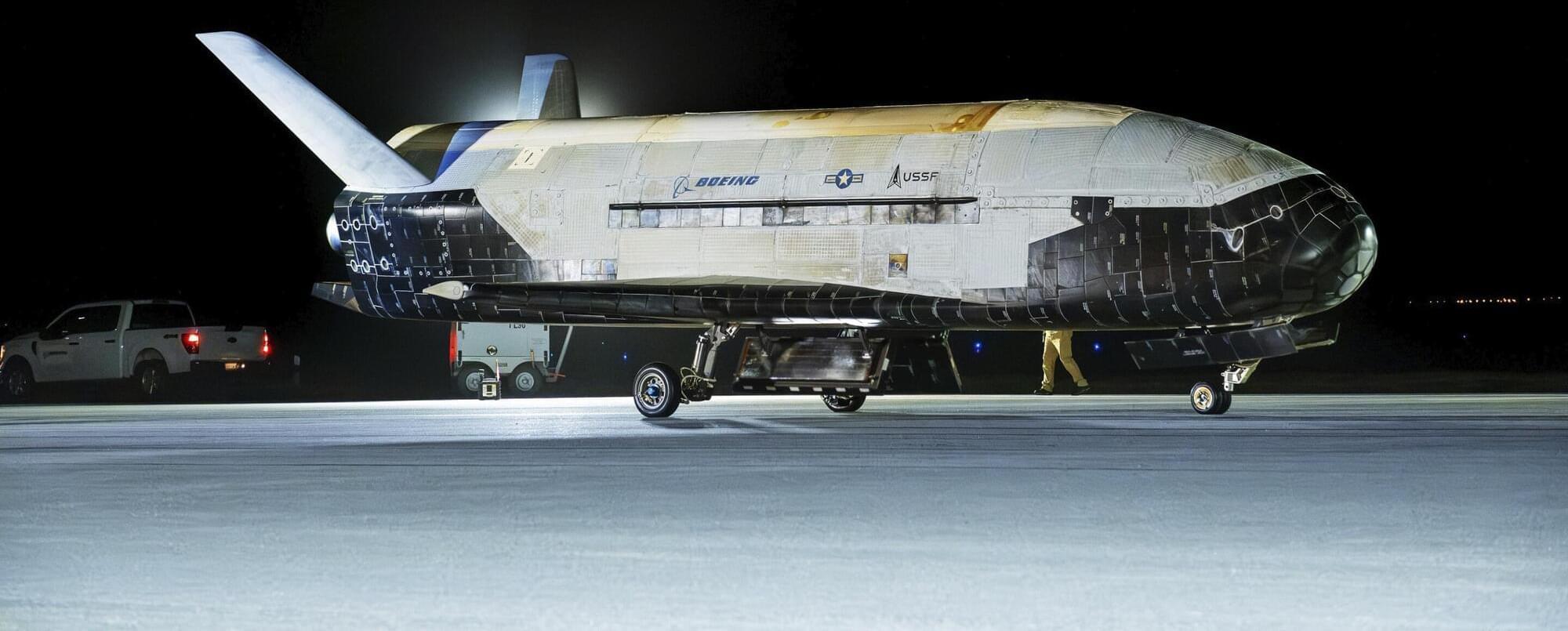There are plenty of types of stars out there, but one stands out for being just a little weirder than the others. You might even say it’s strange. According to a paper from researchers at Guangxi University in China, the birth of one might have recently been observed for the very first time.
A strange star is a (so far theoretical) compact star that is so dense it literally breaks down regular parts of atoms (like neutrons) into their constituent quarks. Moreover, even those quarks (the up and down that comprise a neutron) get compressed into an even rarer type of quark called a strange quark—hence the name strange star.
Technically, the “strange” matter that a strange star would be composed of is a combination of up, down, and strange quarks. But, at least in theory, this mix of sub-hadronic particles could even be more stable than a traditional neutron star, which is similar to a strange star but doesn’t have enough gravity to break down the neutrons.






